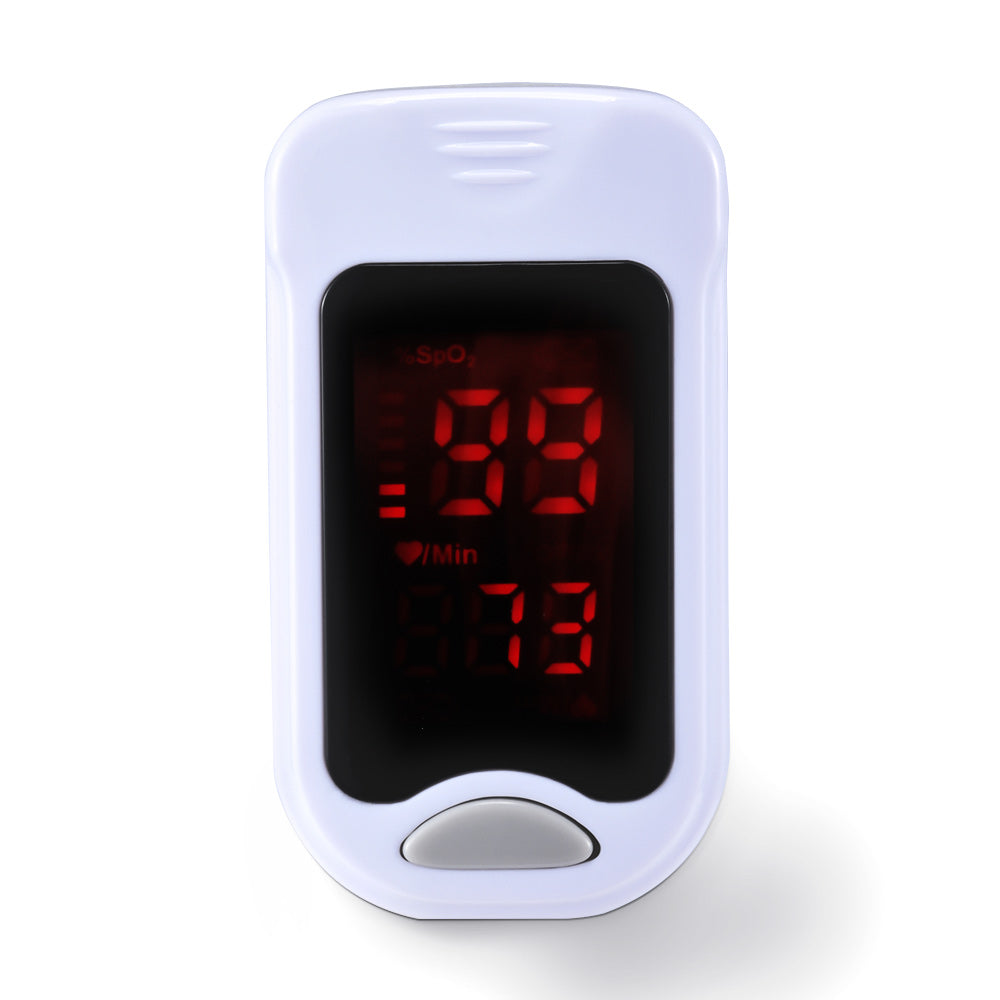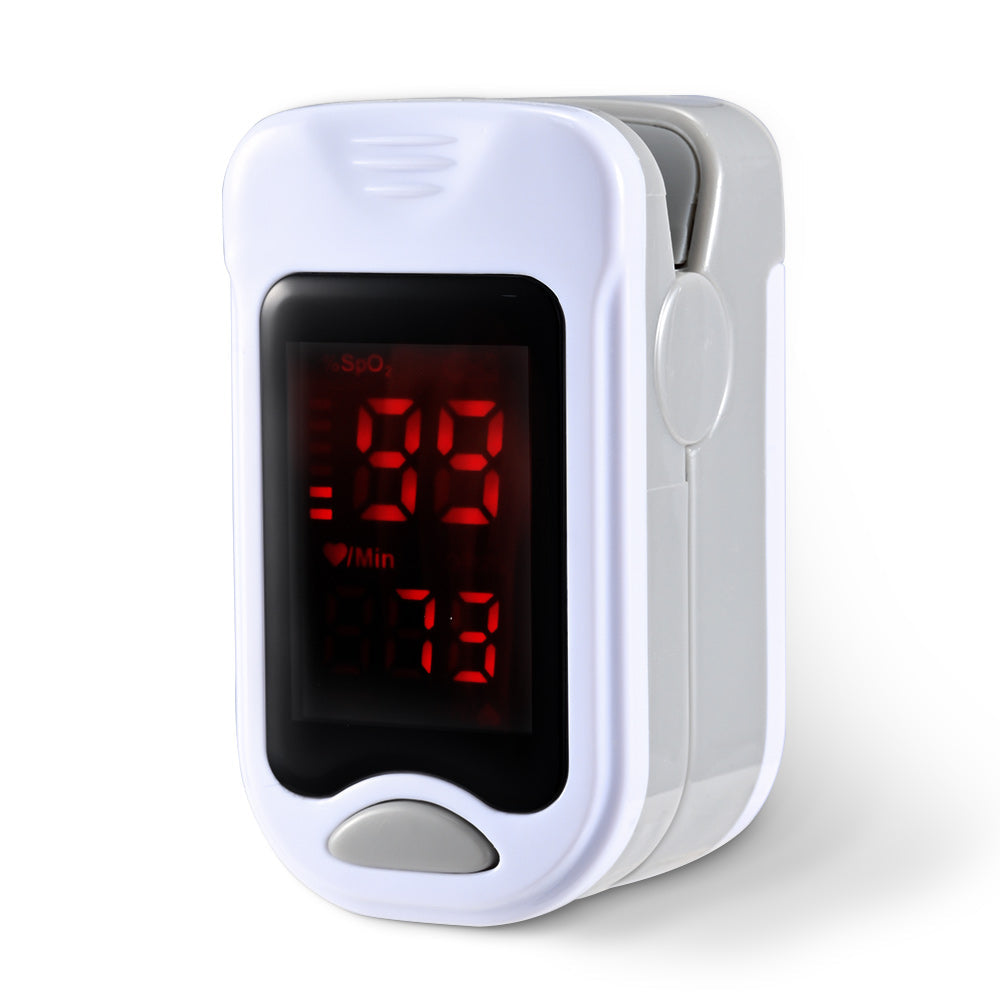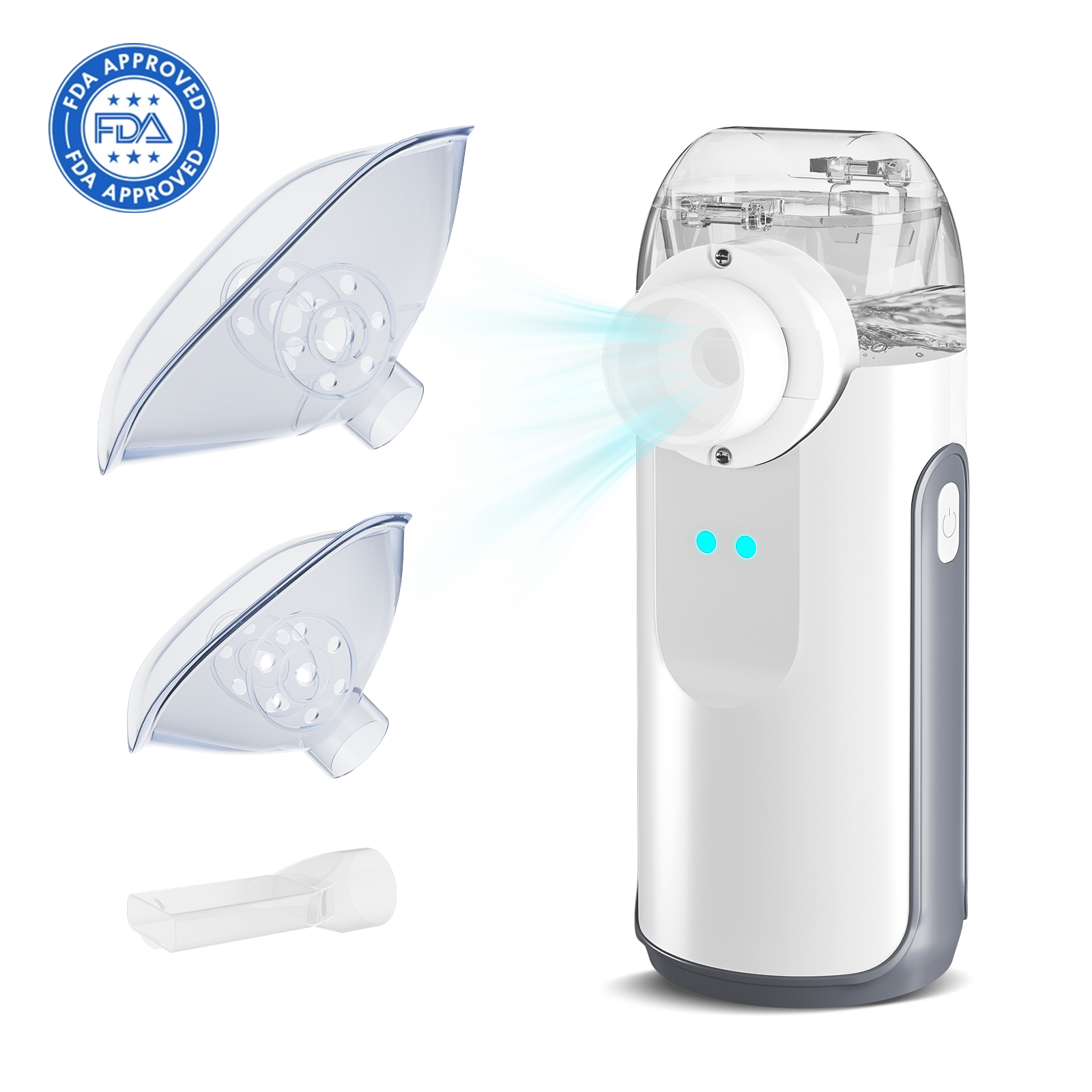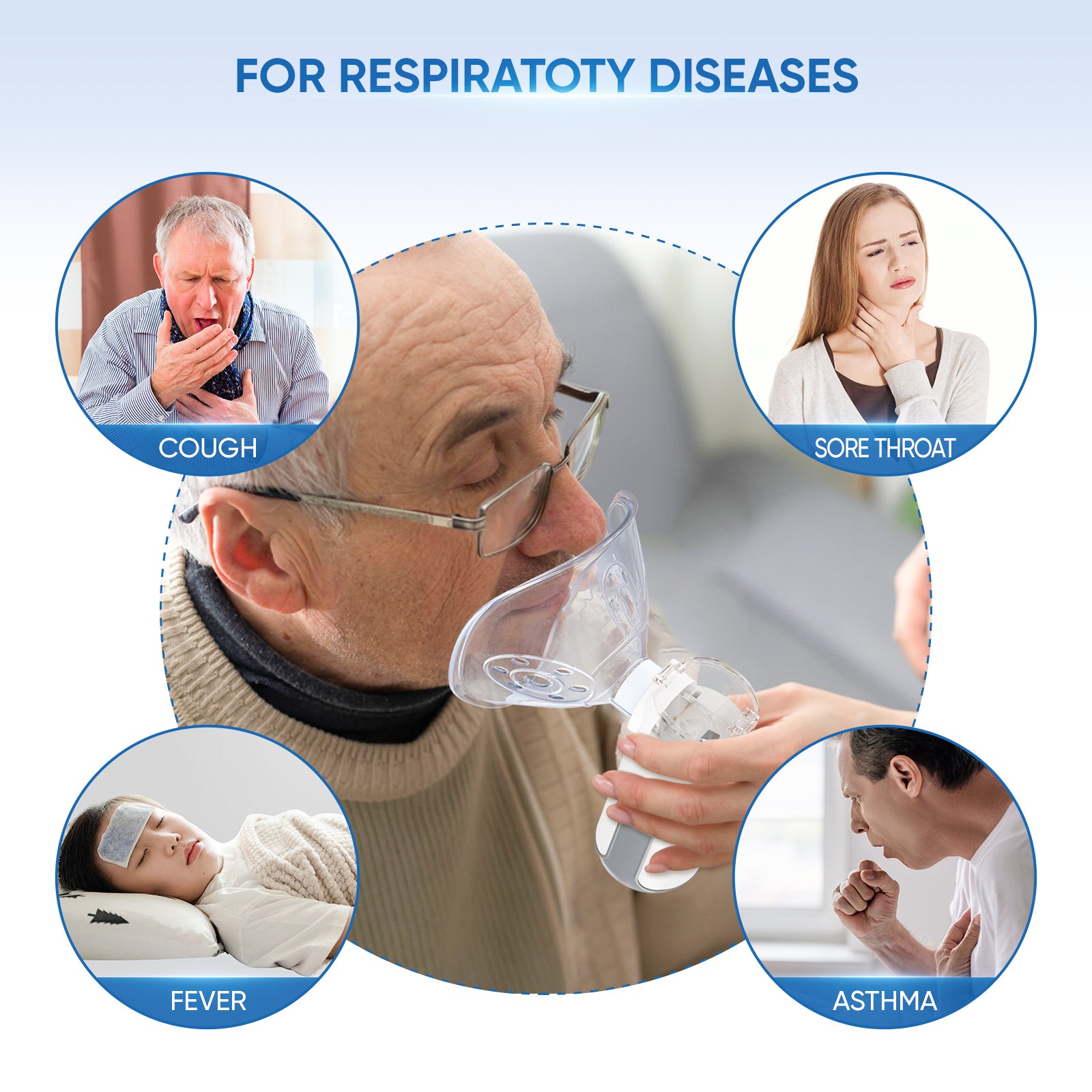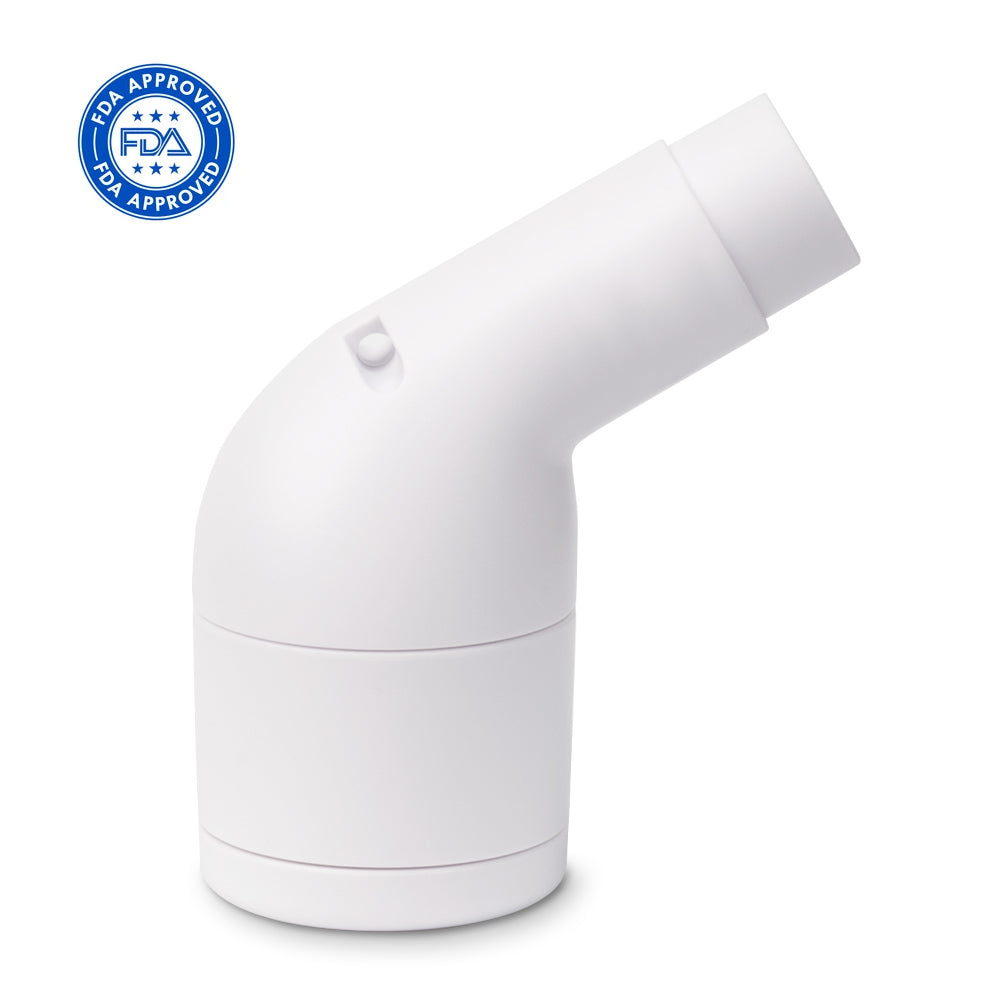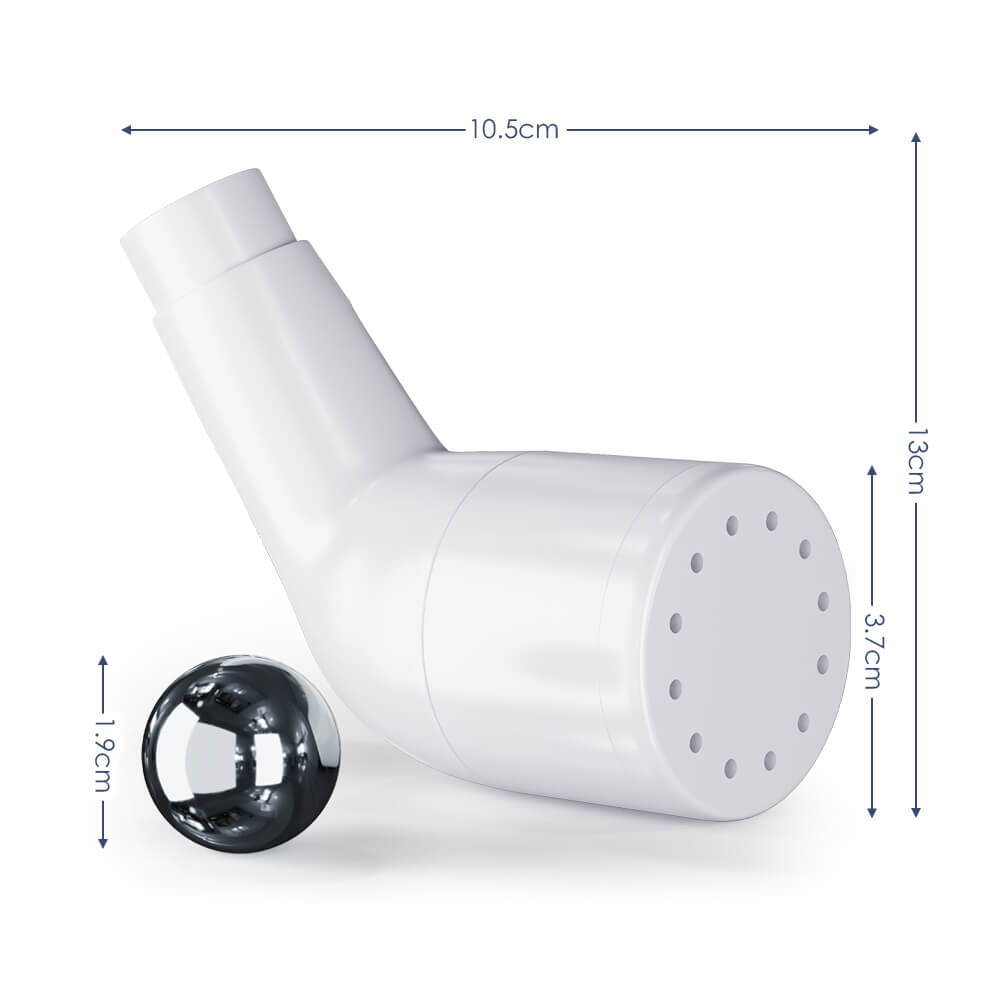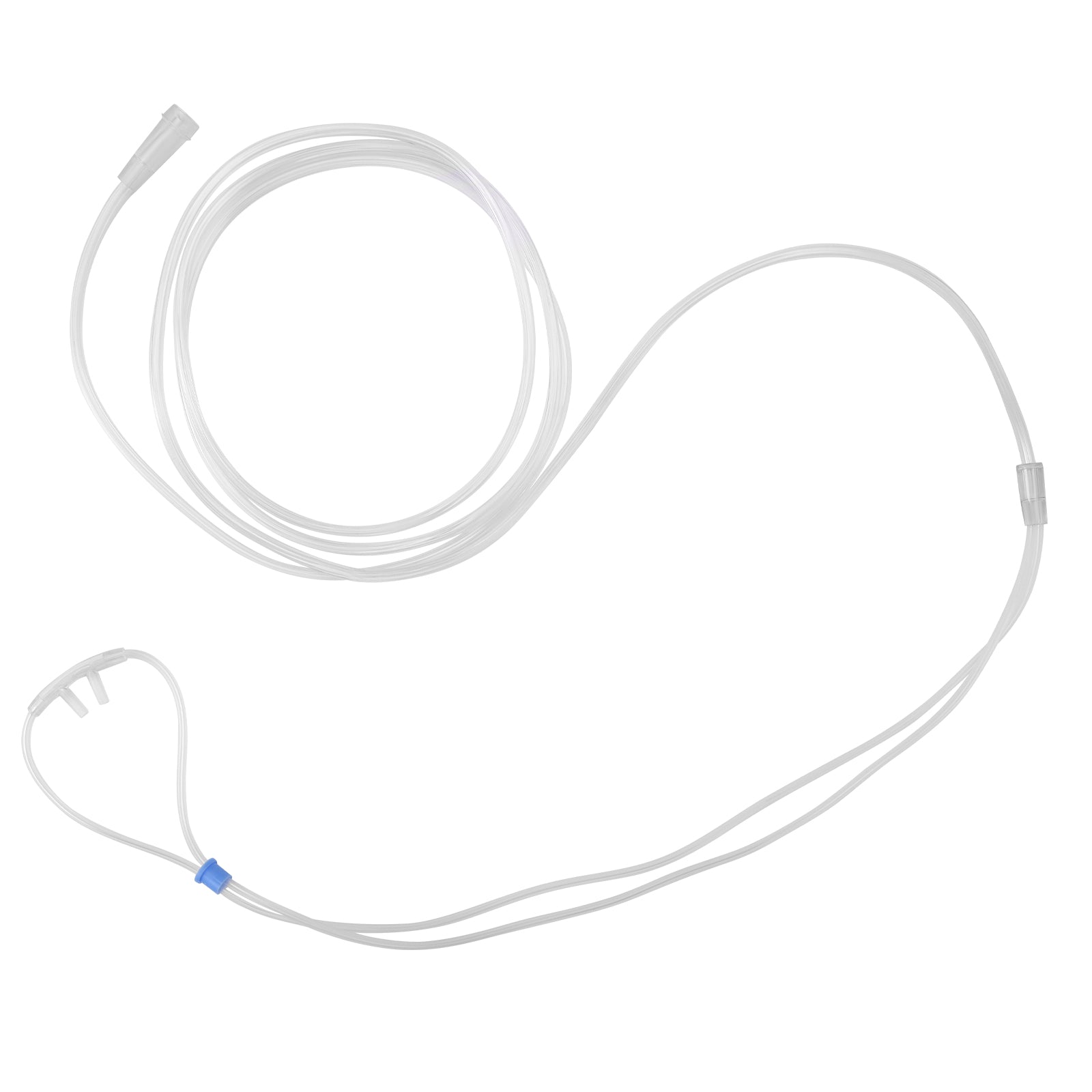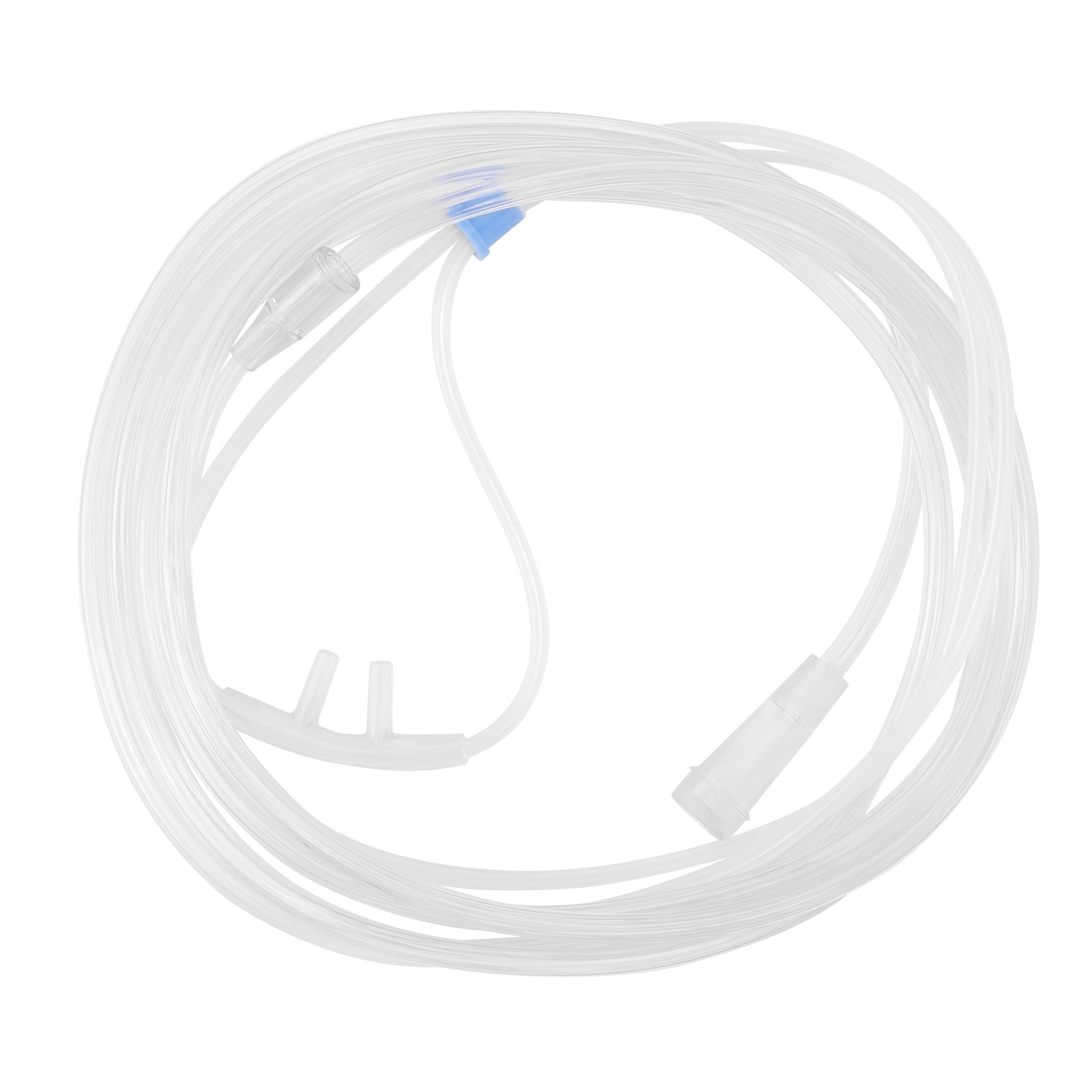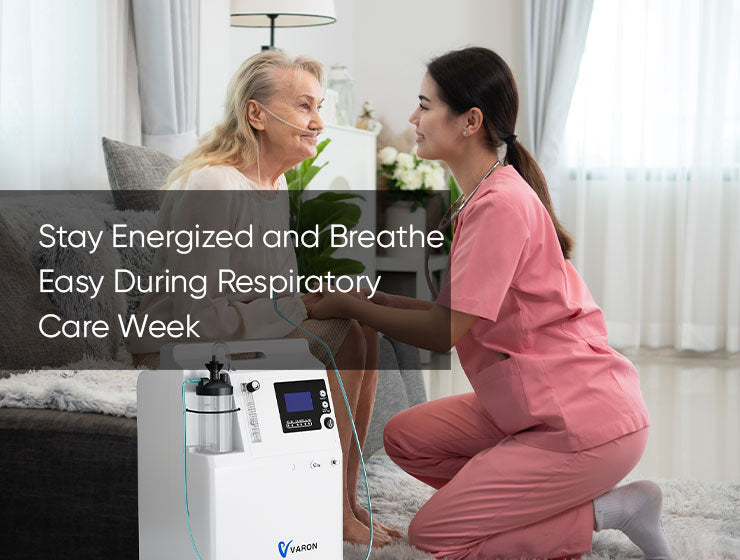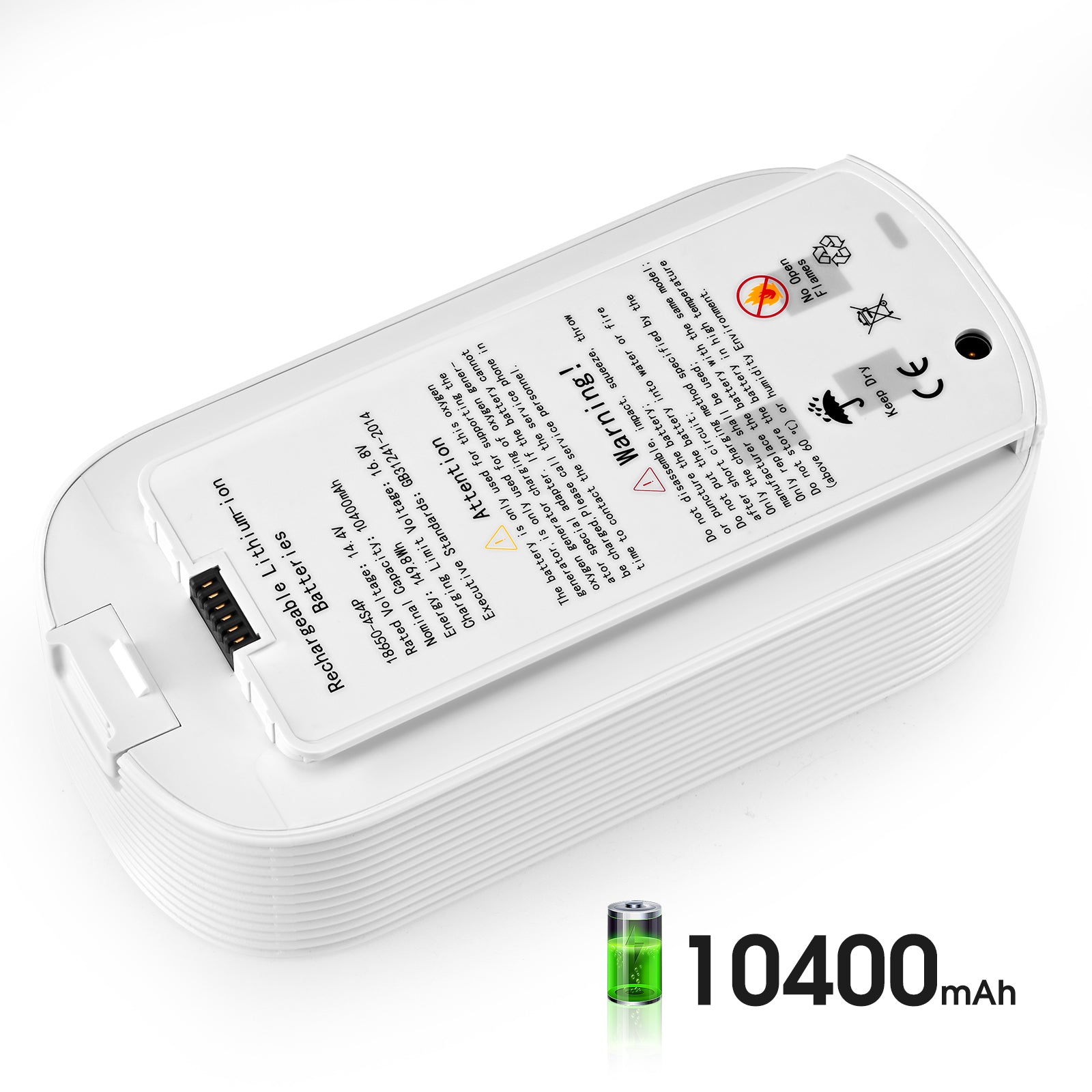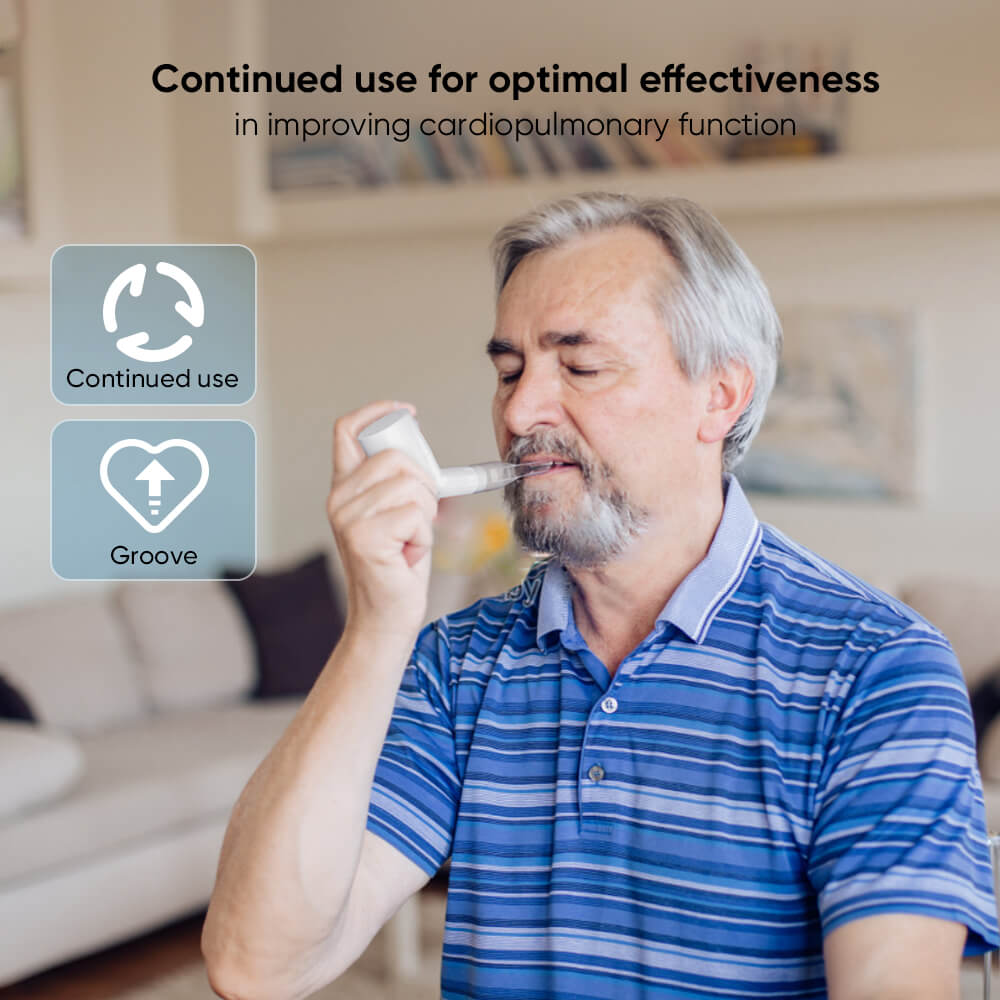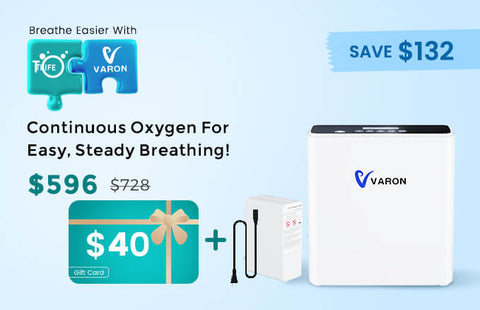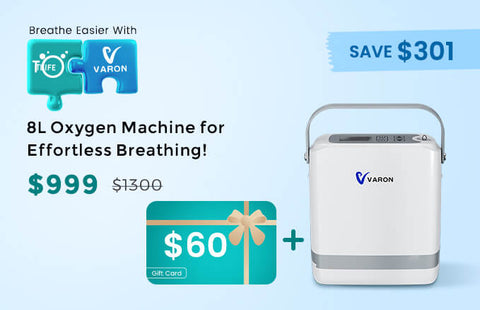Exercise is an important way to build strength and energy while maintaining your weight. The fact is that people who consistently move on a regular basis also have longer lifespans on average. However, many oxygen therapy patients have the misconception that their equipment completely holds them back from exercising. While it is important to consult with a doctor before beginning any exercise regimen, many patients can still engage in physical activities while on oxygen therapy.
How Oxygen Works
If you are already on oxygen therapy, you know that it is vital to your health. Patients with lung disease do not have the ability to retain oxygen on their own, which is why concentrators are so important. However, there are many other ways oxygen helps you survive on a day to day basis.
Oxygen is an essential component for all major body functions. Without proper levels of oxygen, you won’t not only be able to breathe properly, but your heart and brain will also suffer. It is also crucial for nutrient absorption, as it helps carry essential components through the bloodstream.
Role in Exercise
When you exercise, you tend to take in shorter breaths, which can limit the amount of oxygen you take in throughout your workout. Many patients with lung disease are afraid to engage in moderate workouts because of the temporarily decreased level of oxygen. Keep in mind, however, that your concentrator is available to help you breathe better through all your daily activities—if your doctor gives the OK to exercise, then your tank will help you work out more comfortably.
In fact, oxygen concentrators are so valuable in an exercise that many athletes rely on these systems on a regular basis to help increase their performance. This allows the flow of oxygen to be more consistent to reduce fatigue, sore muscles and other unwanted side effects after a hard workout. Still, it is important to remember that you should not engage in intense workouts without your doctors’ consent so you do not get injured.
Solutions for Patients
If your physician gives you the go-ahead to engage in regular exercise, it is important to make sure your concentrator is in the right condition so oxygen flow isn’t interrupted.
The type of concentrator you have can influence the types of exercises you can do. Traditional oxygen tanks are best used with stationary equipment, such as treadmills and elliptical machines, which is a technique that many athletes use. If walking and bicycling are your preferred exercises, then we can help you decipher between all your portable concentrator options.
Finally, it is important that your system is in working order before beginning an exercise regimen. Our on-site technicians can help diagnose and repair concentrator problems to ensure optimal performance. We pride ourselves in a quick turnaround time, which is generally just a few business days. Contact us today and we can test oxygen purity as well as for leaks to make sure your concentrator is in perfect working order.


